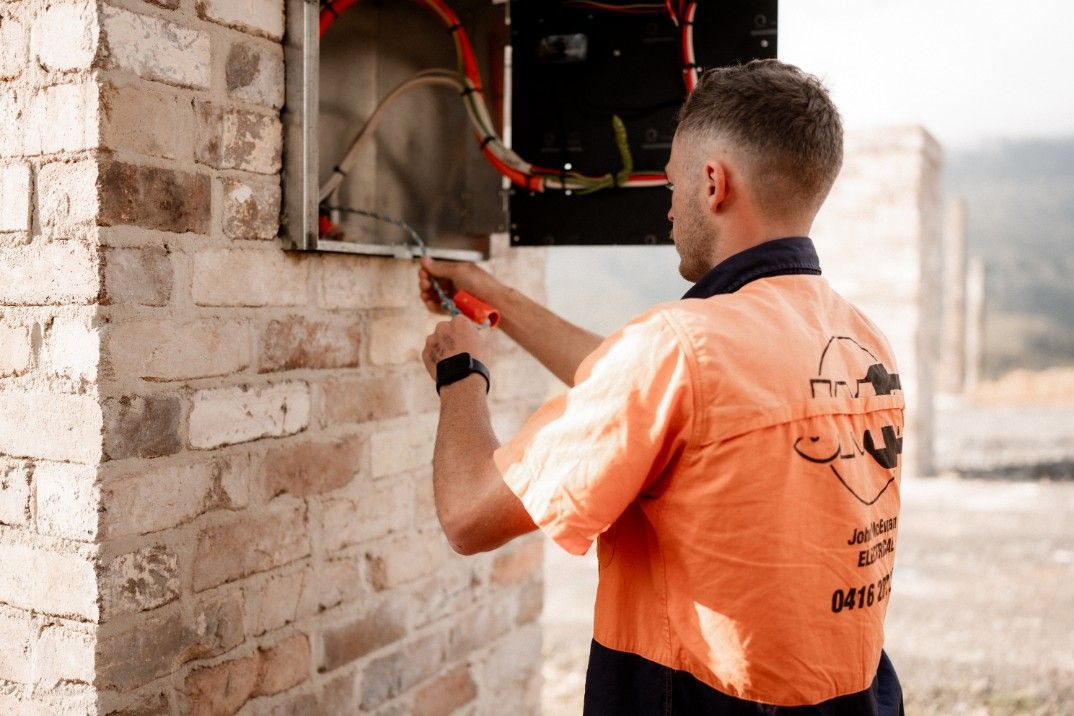The Benefits Of LED Lights
LED lighting is a revolutionary technology for businesses and homes. Its remarkable energy efficiency and extended lifespan, make LED lighting the clear choice. LED lighting will change the way you brighten your facility. Brighter than traditional bulbs, it also reduces electricity costs and energy use. This blog explains what LED lighting is and its key benefits.
What is LED lighting?
Light Emitting Diode (LED) lighting is a semiconductor, generating light electroluminescence. When an electric current passes through the semiconductor, bright light is emitted. This makes it the exact opposite of photovoltaic cells. Used chiefly in solar arrays, these cells convert light into electricity.
We’ve utilised LED technology for decades. This technology assisted in creating solid-state transistors and assisted in developing portable AM radios and landing an astronaut on the moon.
Today, third-generation LEDs are used in homes and businesses. These are more energy-efficient, last longer and are more durable than other lighting sources.
1. Longer Lifespan
The lifespan of an LED light is far superior to an incandescent bulb. The average incandescent bulb lasts for 1,000 hours. By contrast, an LED light lasts for 50,000 hours. Depending on your usage, you may even get 100,000 hours from your LED lights. In other words, an LED light has a lifespan between six to 12 years. This is 40 times longer than the average incandescent bulb.
2. Energy Efficient
A lighting source’s energy efficiency can be measured through its useful lumens. This describes the lighting the device emits for each watt the bulb uses. LED lighting produces far more useful lumens than competing lighting options. If you replaced all the lighting in your office or school with LEDs, your energy efficiency will improve by an astounding 70 percent. This, of course, equates to significant financial savings.
3. Environmentally Friendly
When making a purchase, customers gravitate toward eco-friendly companies. So, not only can environmentally-friendly options improve your energy bill, but it also attracts a socially-conscious customer base. Beyond this, the environmental benefits of LED lighting extend to their manufacturing process. Traditional lighting (i.e. fluorescent or mercury vapour) requires special handling at the end of its lifespan. This is not the case with LED lighting.
4. Operate in Cold Conditions
Traditional lighting does not function well in cold weather. When the temperature drops, light sources require a higher voltage to start. This decreases the intensity of the light emitted. Conversely, LED lights perform five percent better in cooler weather. This is why LED lighting is the preferred choice in meat lockers, freezers, cold storage spaces or refrigerator display cases. Their ability to perform so well in cold conditions also makes them ideal for illuminating buildings, car parks and lights used for outdoor signage.
5. Doesn’t Radiate Heat or UV Emissions
When changing an incandescent lightbulb, they can become extremely hot. This isn’t surprising, as more than 90 percent of their energy use is converted to heat. This leaves a mere 10 percent for light production. LEDs emit virtually no heat and all of the light emitted is within the visible spectrum. This makes LEDs perfect for illuminating artwork, which would otherwise degrade through UV rays exposure. In addition, medical experts are studying LED lights as a solution for Seasonal Affective Disorder (SAD).
6. Flexible Design
LEDs are microscopic (i.e. the size of a spec of pepper). As such, they can be used in a myriad of applications. When combined in bunches, they resemble a traditional light bulb. And, if they are strung together, LEDs look like sparkling Christmas lights. Just imagine the options this gives you to light your office. Their small size makes them ideal for illuminating everything from a showroom floor to a stadium.
7. Low Voltage
Is your business in a flood-prone area? If so, you’ll need to illuminate your business with low-voltage lights. LEDs are ideal, as they have very low voltage. Using a low-voltage lighting system in flood-prone areas, you’re protecting your staff and customers from harmful or potentially fatal shocks. If someone accidentally touches an electrical component, an LED light will emit 12 rather than 120 volts. This quality also makes them great for outdoor use.
8. Dimming Capability
Unlike many lighting sources, LEDs operate at any power percentage (i.e. from 5% to 100%). When dimmed, LED lights actually operate more efficiently. This feature carries many other benefits. These include a longer lifespan, less energy consumption and cheaper power bills. Keep in mind, however, that traditional light dimming equipment cannot be used for LEDs. These lights require LED-compatible hardware.
9. Instant Lighting and Ability to Withstand Frequent Switches
Traditional lights often take a few seconds to reach full brightness, and they can flicker. These complications are avoided by installing LED lights, as they turn on and off instantly. If frequently switched on and off, traditional lighting has a relatively short lifespan. Whereas, frequent switching does not affect an LED light’s lifespan or efficiency.
This makes them perfect for your business. Especially if you need them to come straight on after a blackout or power surge. This feature is also useful if you need a light to come straight on when an employee opens the door.
10. Directionality
Conventional lighting sources illuminate a 3600 area. So, accessories are often needed to light up specific areas. Whereas, LED lighting illuminates an 1800 area. This makes it a fantastic choice if you require recessed lighting for an industrial kitchen, bathroom or hallway.
For advice on the perfect LED lighting solutions for your business, call or send a message to John McEwan Electrical today.







